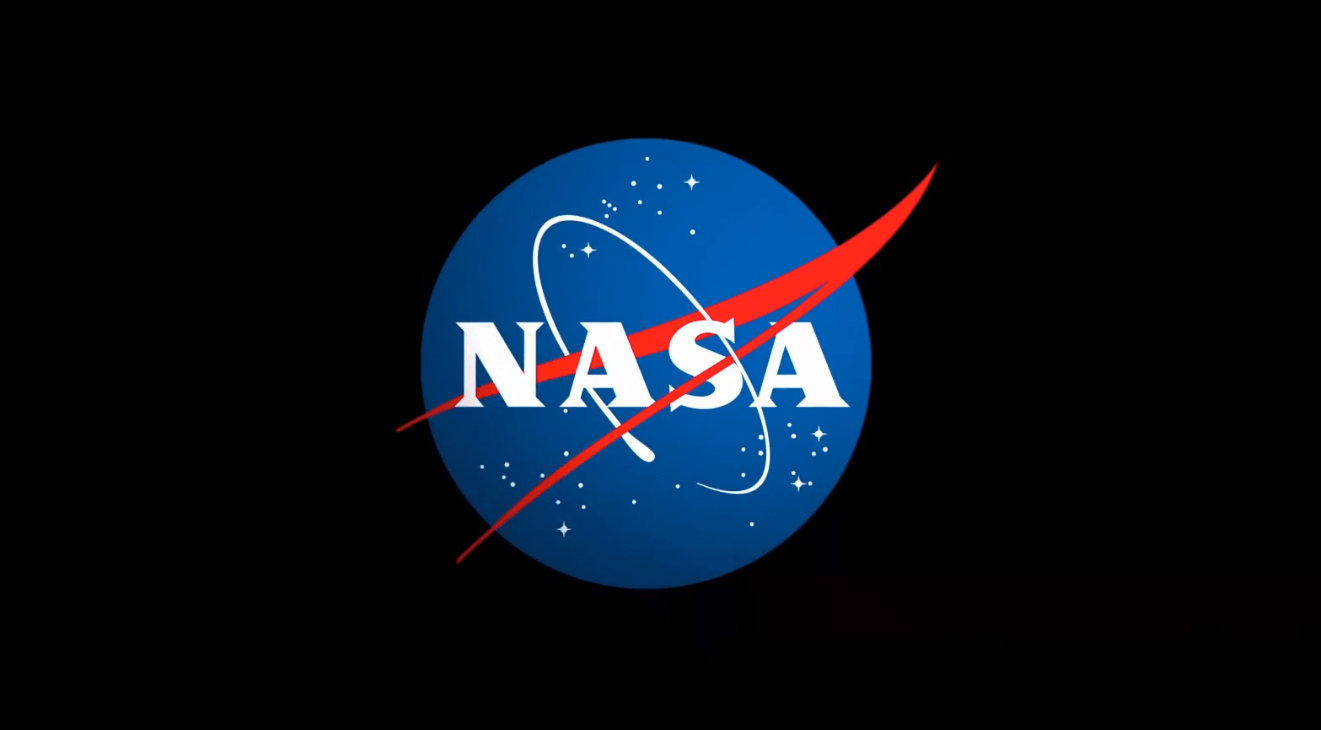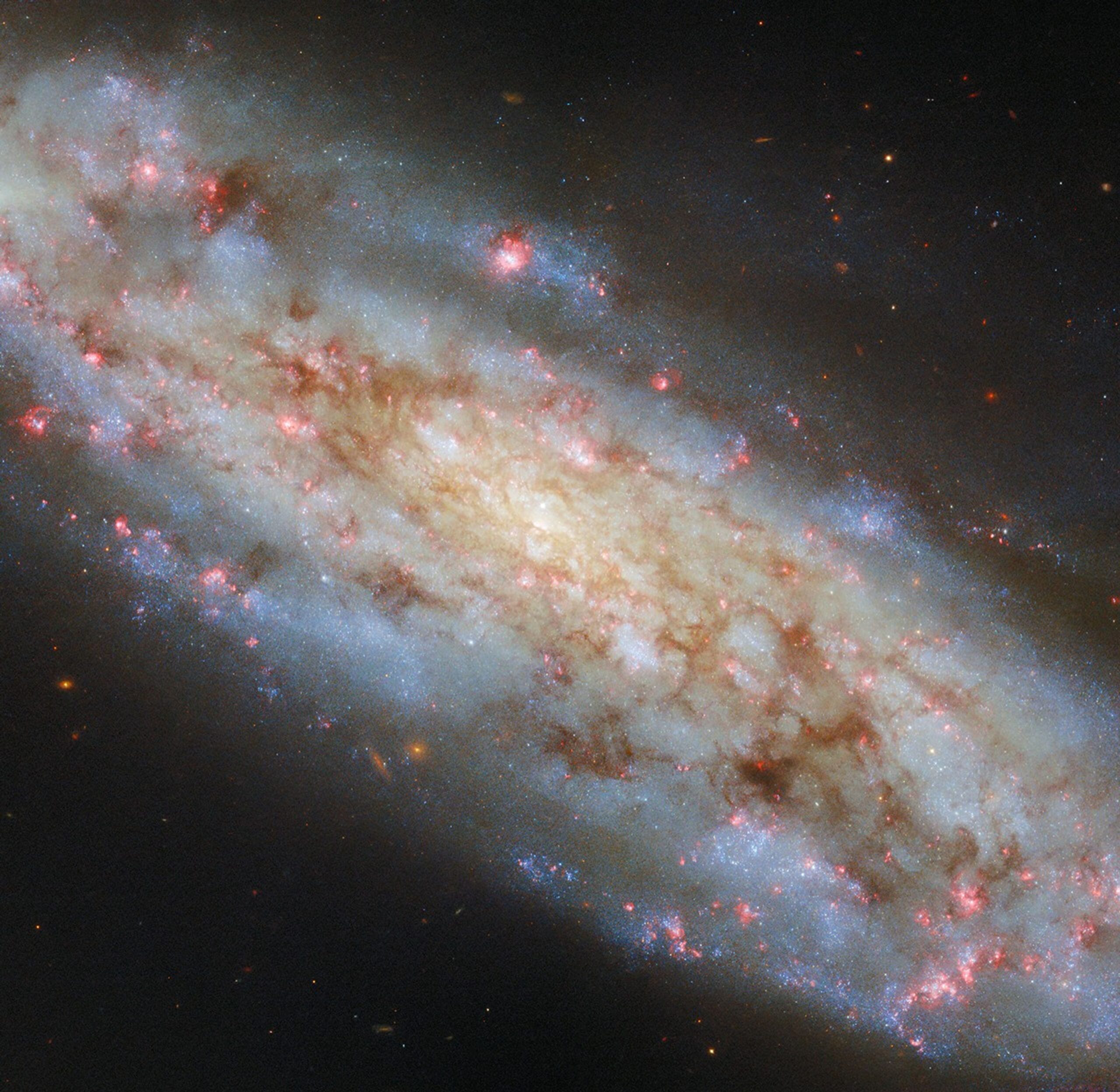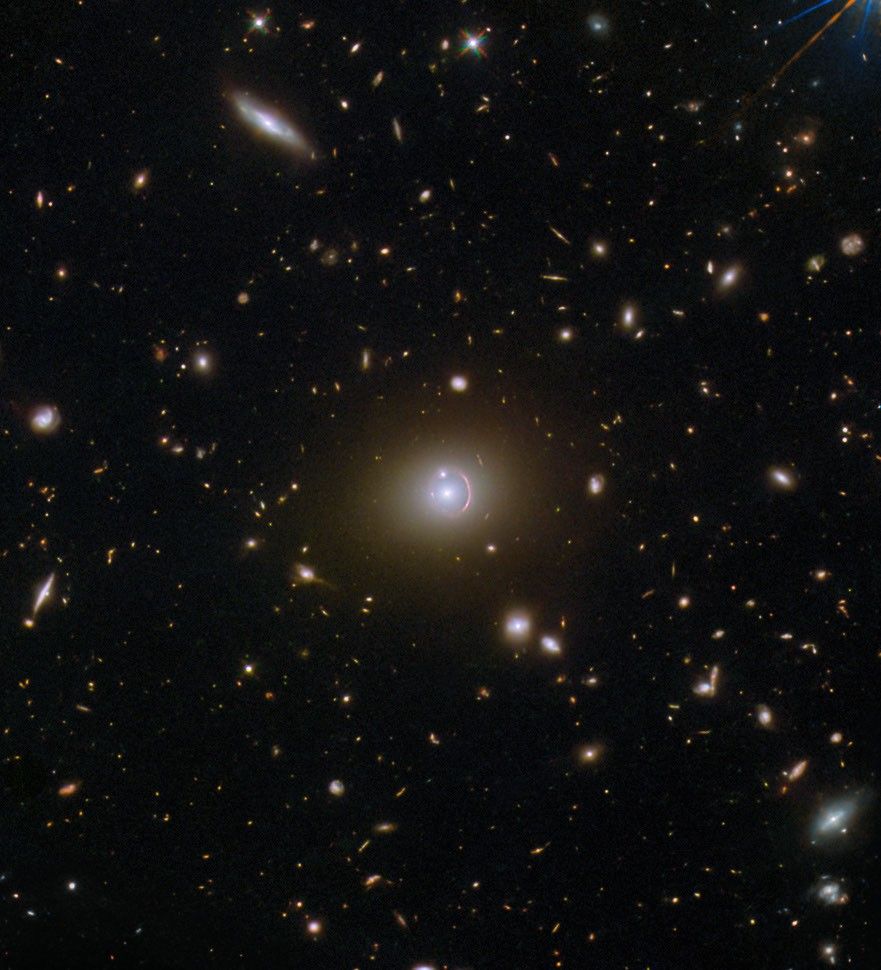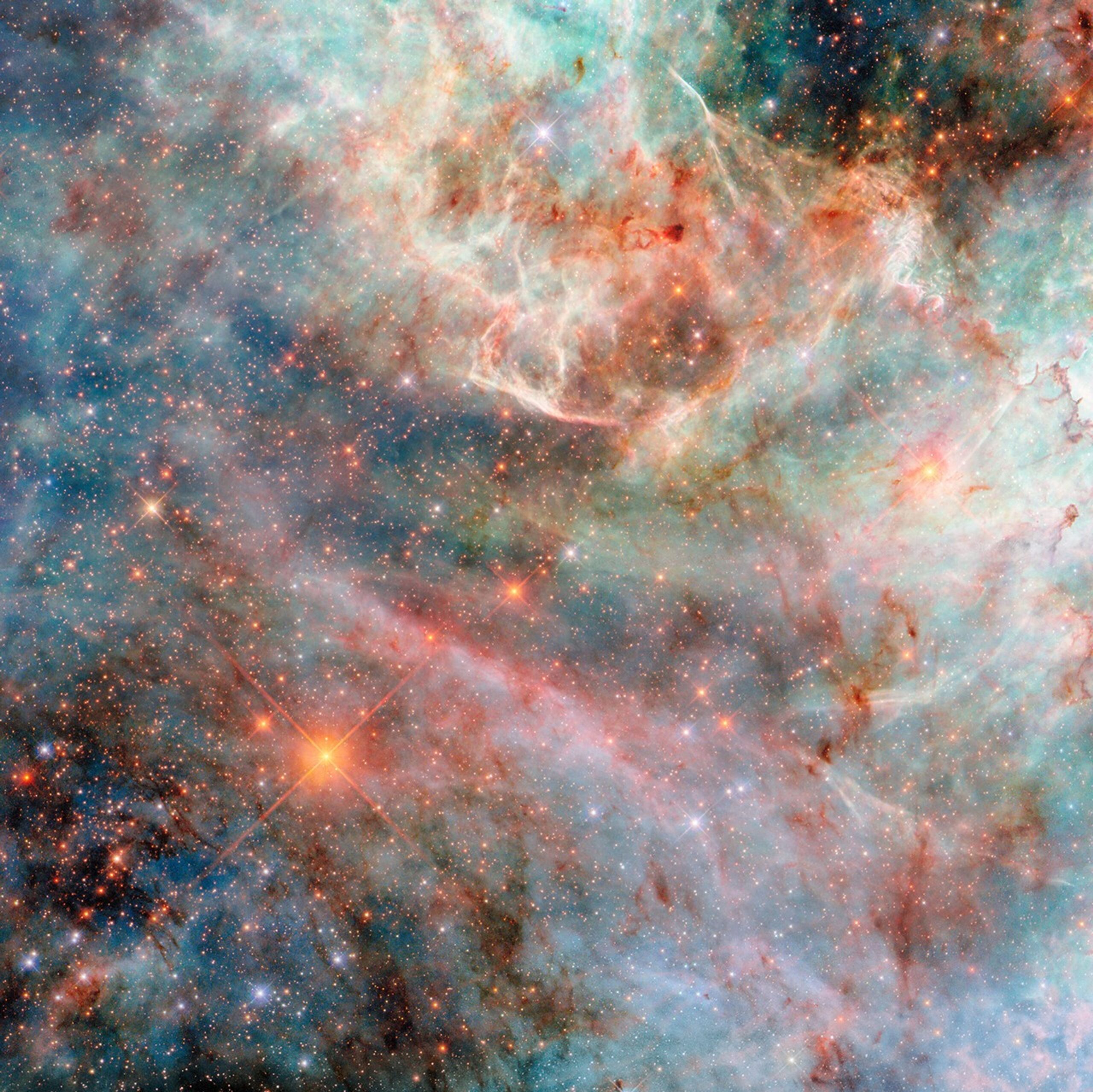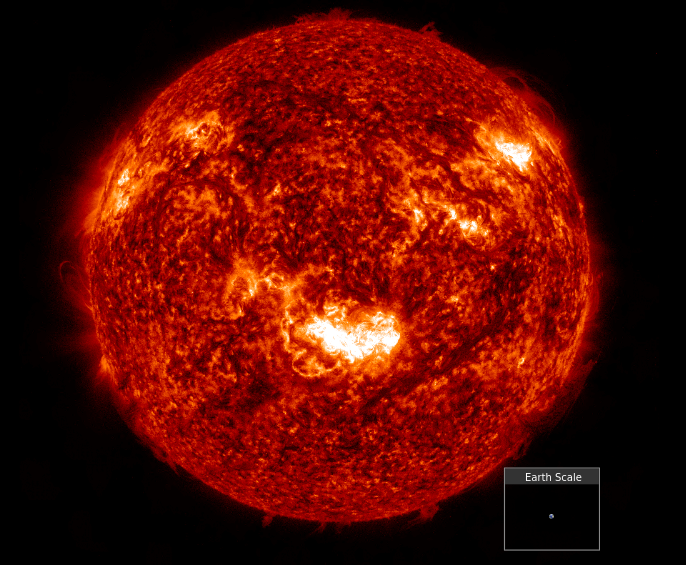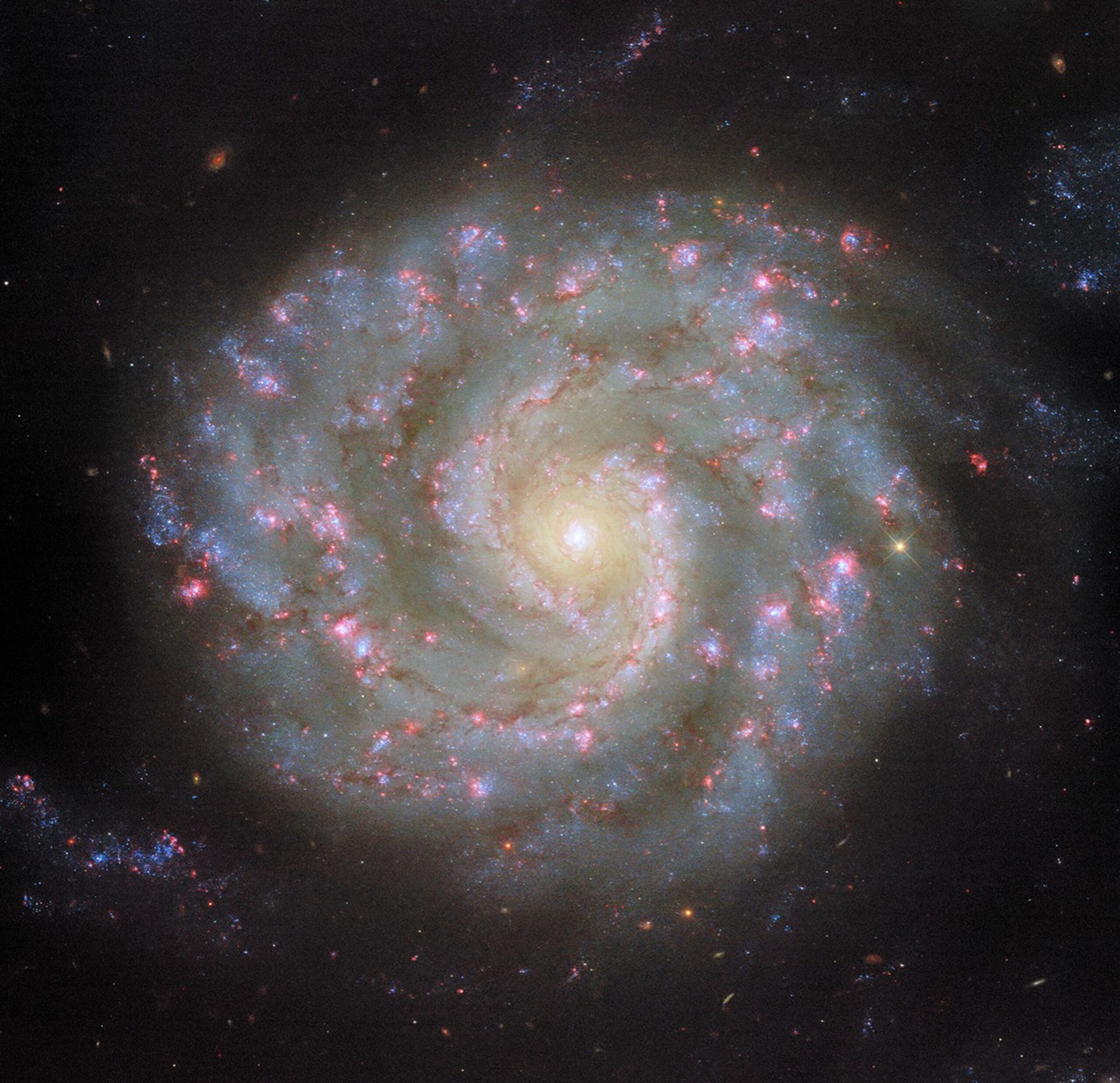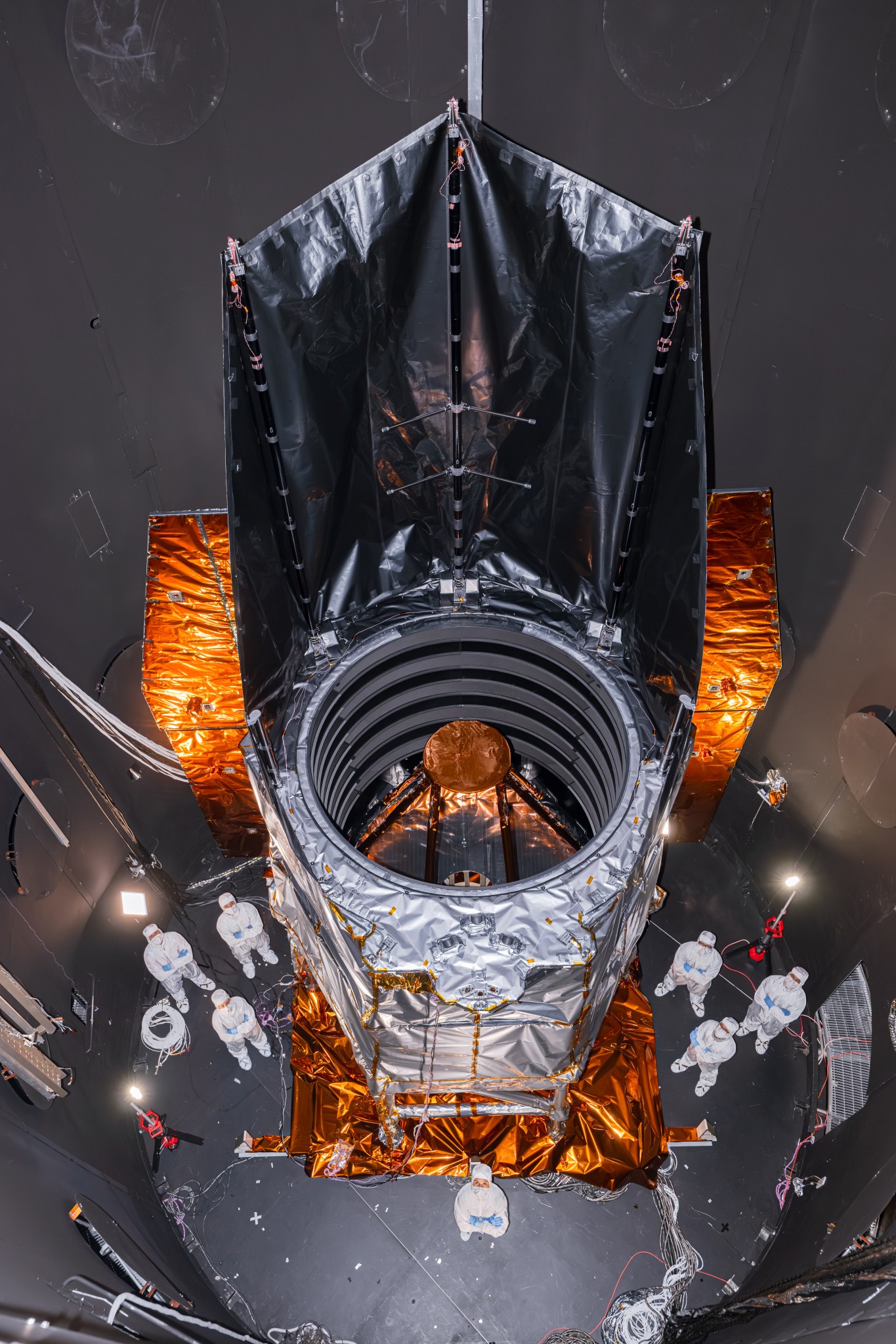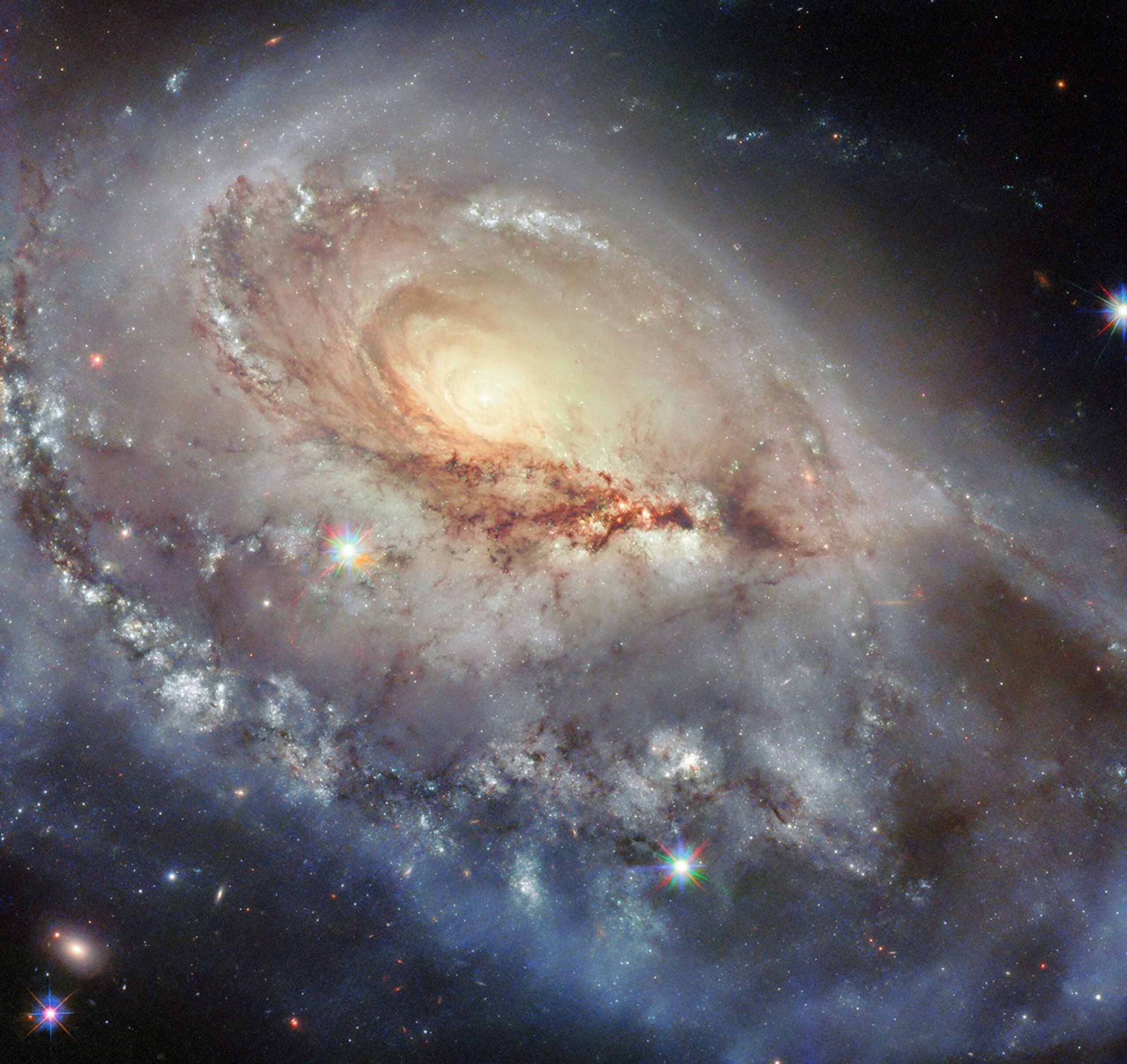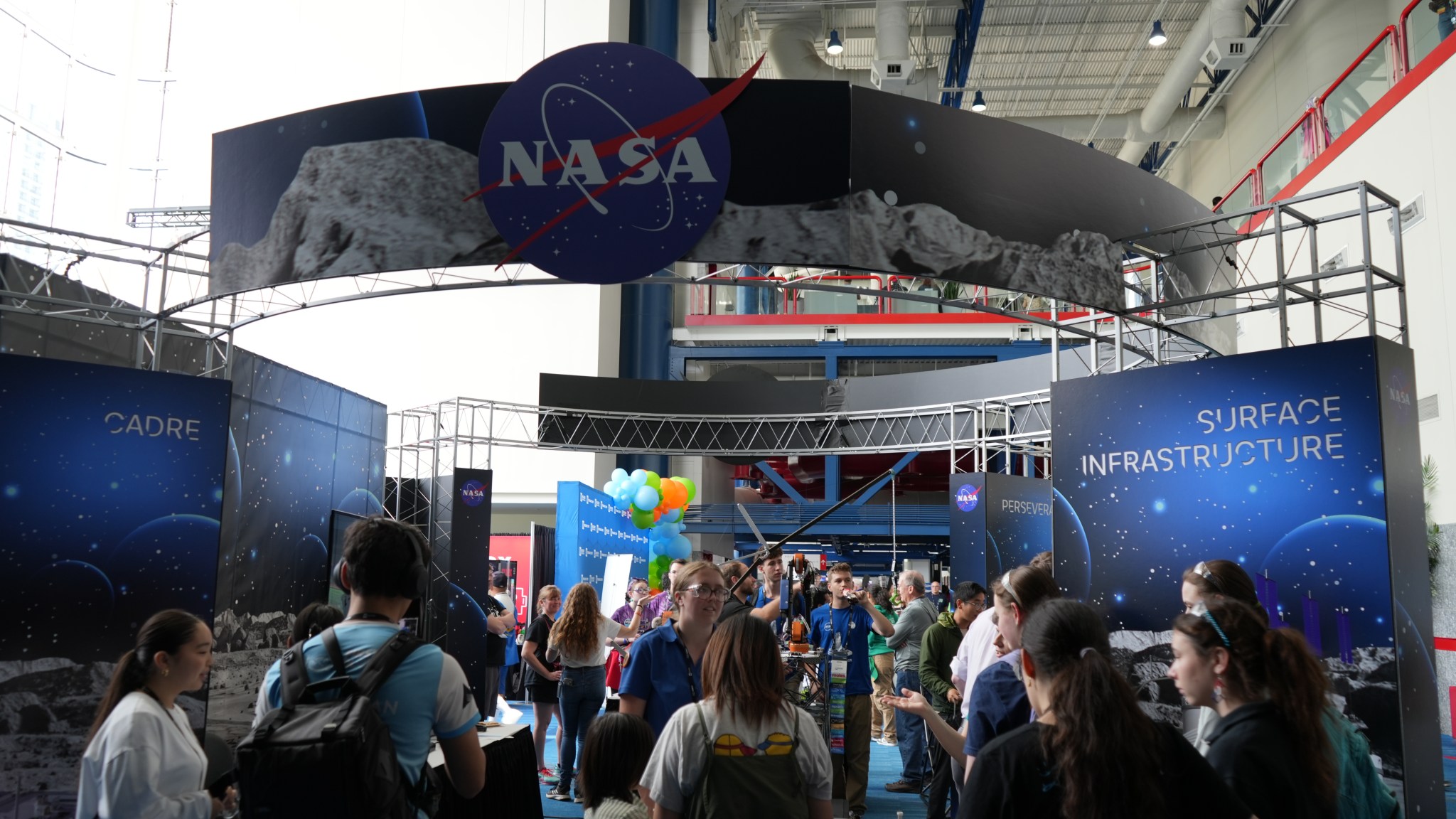Credit: NASA NASA has awarded a bridge contract to ASRC Federal System Solutions LLC of Beltsville, Maryland, to provide financial support and project planning and control services to the agency. The Program Analysis and Control Bridge Contract has a total potential value up to $98 million with a 13-month period of performance beginning Saturday, May 24. The contract includes both cost-plus-fixed-fee and indefinite-delivery/indefinite-quantity components. The scope of the work includes business functions such as accounting, scheduling, documentation and configuration management, as well as security compliance. The work will occur at NASA…
Read MoreTag: Goddard Space Flight Center
Hubble Spies a Spiral So Inclined
Explore Hubble Hubble Home Overview About Hubble The History of Hubble Hubble Timeline Why Have a Telescope in Space? Hubble by the Numbers At the Museum FAQs Impact & Benefits Hubble’s Impact & Benefits Science Impacts Cultural Impact Technology Benefits Impact on Human Spaceflight Astro Community Impacts Science Hubble Science Science Themes Science Highlights Science Behind Discoveries Hubble’s Partners in Science Universe Uncovered Explore the Night Sky Observatory Hubble Observatory Hubble Design Mission Operations Missions to Hubble Hubble vs Webb Team Hubble Team Career Aspirations Hubble Astronauts Multimedia Images Videos…
Read MoreHubble Images Galaxies Near and Far
Explore Hubble Hubble Home Overview About Hubble The History of Hubble Hubble Timeline Why Have a Telescope in Space? Hubble by the Numbers At the Museum FAQs Impact & Benefits Hubble’s Impact & Benefits Science Impacts Cultural Impact Technology Benefits Impact on Human Spaceflight Astro Community Impacts Science Hubble Science Science Themes Science Highlights Science Behind Discoveries Hubble’s Partners in Science Universe Uncovered Explore the Night Sky Observatory Hubble Observatory Hubble Design Mission Operations Missions to Hubble Hubble vs Webb Team Hubble Team Career Aspirations Hubble Astronauts Multimedia Multimedia Images…
Read MoreNASA’s LRO Views Japan’s RESILENCE Lunar Lander Landing Area
1 min read Preparations for Next Moonwalk Simulations Underway (and Underwater) NASA’s Lunar Reconnaissance Orbiter Camera (LROC) imaged the landing area of the ispace SMBC x HAKUTO-R Venture Moon Mission 2 RESILIENCE lunar lander which is slated to land on the surface of the Moon no earlier than June 5, 2025 (UTC). This view of the primary landing area is 3.13 miles (5,040 meters) wide and north is up. The site is in Mare Frigoris, a volcanic region interspersed with large-scale faults known as wrinkle ridges. Mare Frigoris formed over 3.5 billion years…
Read MoreHubble Captures Cotton Candy Clouds
Explore Hubble Hubble Home Overview About Hubble The History of Hubble Hubble Timeline Why Have a Telescope in Space? Hubble by the Numbers At the Museum FAQs Impact & Benefits Hubble’s Impact & Benefits Science Impacts Cultural Impact Technology Benefits Impact on Human Spaceflight Astro Community Impacts Science Hubble Science Science Themes Science Highlights Science Behind Discoveries Hubble’s Partners in Science Universe Uncovered Explore the Night Sky Observatory Hubble Observatory Hubble Design Mission Operations Missions to Hubble Hubble vs Webb Team Hubble Team Career Aspirations Hubble Astronauts Multimedia Multimedia Images…
Read MoreWhat NASA Is Learning from the Biggest Geomagnetic Storm in 20 Years
6 min read What NASA Is Learning from the Biggest Geomagnetic Storm in 20 Years One year on, NASA scientists are still making huge discoveries about the largest geomagnetic storm to hit Earth in two decades, the Gannon storm. The findings are helping us better understand and prepare for the ways in which the Sun’s activity can affect us. On May 10, 2024, the first G5 or “severe” geomagnetic storm in over two decades hit Earth. The event did not cause any catastrophic damages, but it did produce surprising effects…
Read MoreHubble Comes Face-to-Face with Spiral’s Arms
Explore Hubble Hubble Home Overview About Hubble The History of Hubble Hubble Timeline Why Have a Telescope in Space? Hubble by the Numbers At the Museum FAQs Impact & Benefits Hubble’s Impact & Benefits Science Impacts Cultural Impact Technology Benefits Impact on Human Spaceflight Astro Community Impacts Science Hubble Science Science Themes Science Highlights Science Behind Discoveries Hubble’s Partners in Science Universe Uncovered Explore the Night Sky Observatory Hubble Observatory Hubble Design Mission Operations Missions to Hubble Hubble vs Webb Team Hubble Team Career Aspirations Hubble Astronauts News Hubble News…
Read MoreKey Portion of NASA’s Roman Space Telescope Clears Thermal Vacuum Test
One half of NASA’s nearly complete Nancy Grace Roman Space Telescope just passed a lengthy test to ensure it will function properly in the space environment. This photo shows half of the NASA’s Nancy Grace Roman observatory — the outer barrel assembly, deployable aperture cover, and test solar arrays — fully deployed in a thermal chamber at NASA’s Goddard Space Flight Center in Greenbelt, Md., for environmental testing. Credit: NASA/Sydney Rohde “This milestone tees us up to attach the flight solar array sun shield to the outer barrel assembly, and…
Read MoreHubble Images a Peculiar Spiral
Explore Hubble Hubble Home Overview About Hubble The History of Hubble Hubble Timeline Why Have a Telescope in Space? Hubble by the Numbers At the Museum FAQs Impact & Benefits Hubble’s Impact & Benefits Science Impacts Cultural Impact Technology Benefits Impact on Human Spaceflight Astro Community Impacts Science Hubble Science Science Themes Science Highlights Science Behind Discoveries Hubble’s Partners in Science Universe Uncovered Explore the Night Sky Observatory Hubble Observatory Hubble Design Mission Operations Missions to Hubble Hubble vs Webb Team Hubble Team Career Aspirations Hubble Astronauts News Hubble News…
Read MoreRobots, Rovers, and Regolith: NASA Brings Exploration to FIRST Robotics 2025
What does the future of space exploration look like? At the 2025 FIRST Robotics World Championship in Houston, NASA gave student robotics teams and industry leaders a first-hand look—complete with lunar rovers, robotic arms, and real conversations about shaping the next era of discovery. Students and mentors experience NASA exhibits at the 2025 FIRST Robotics World Championship at the George R. Brown Convention Center in Houston from April 16-18. NASA/Sumer Loggins NASA engaged directly with the Artemis Generation, connecting with more than 55,000 students and 75,000 parents and mentors. Through…
Read More